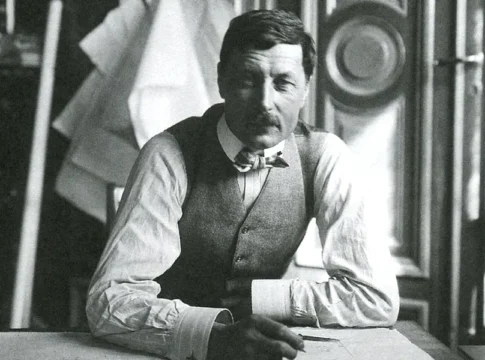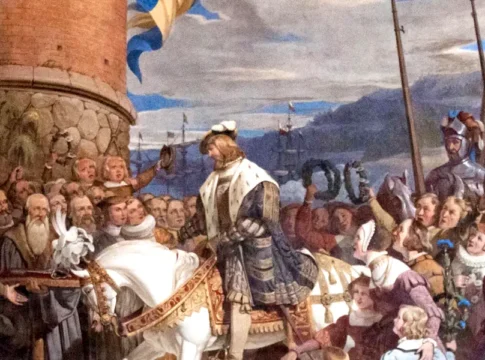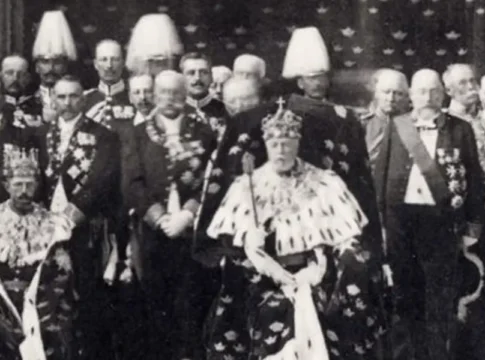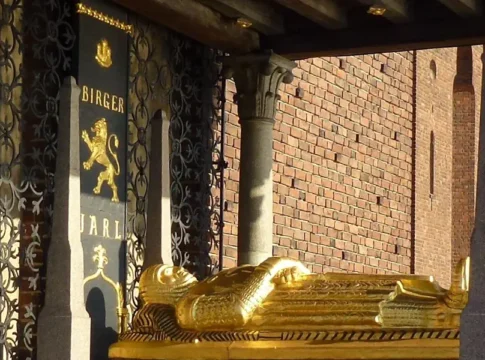 Photo: Holger.Ellgaard (CC BY-SA 3.0)
Photo: Holger.Ellgaard (CC BY-SA 3.0)
Anders Franzén: The legendary discovery of the Vasa ship
Stockholm’s rich tapestry of history is filled with remarkable figures and stories, but few are as captivating as that of Anders Franzén (1918-1993). His relentless pursuit and eventual salvage of the Vasa ship stand as a testament to his dedication and passion for maritime history.
When visiting Stockholm, it’s impossible to overlook the incredible Vasa Museum, and Franzén’s life and work play a significant role in its narrative.
The early life of Anders Franzén
Born on July 23, 1918, in Stockholm, Anders Franzén grew up with a deep fascination for marine technology and history. His academic journey led him to study at the Royal Institute of Technology (KTH) in Stockholm, where he honed his skills in engineering and developed a passion for maritime archaeology.
Franzén’s obsession with the Vasa ship
Franzén’s interest in maritime history was not just academic; it was personal. The Vasa ship, a 17th-century Swedish warship, sank on its maiden voyage in 1628. It had been a subject of legend and speculation for centuries. Nevertheless, unlike many of his contemporaries, Franzén believed that the brackish waters of the Baltic Sea could have preserved the ship remarkably well. This insight fueled his determination to locate and salvage the Vasa.
The discovery of the Vasa ship
In 1956, after years of meticulous research and underwater explorations, Anders Franzén made a groundbreaking discovery. Using a homemade coring device, Franzén located the Vasa ship’s exact resting place near the Stockholm harbor. Additionally, this discovery was not only a monumental achievement in the field of maritime archaeology but also a significant moment in Swedish cultural heritage.


The salvage operation
Engineers, historians, and divers collaborated in the years following Franzén’s discovery. In 1961, they conducted an extensive and delicate salvage operation, bringing the Vasa ship to the surface. Subsequently, the world watched in awe as the nearly intact warship emerged from the depths. This event provided an unprecedented glimpse into 17th-century naval architecture and Swedish history.


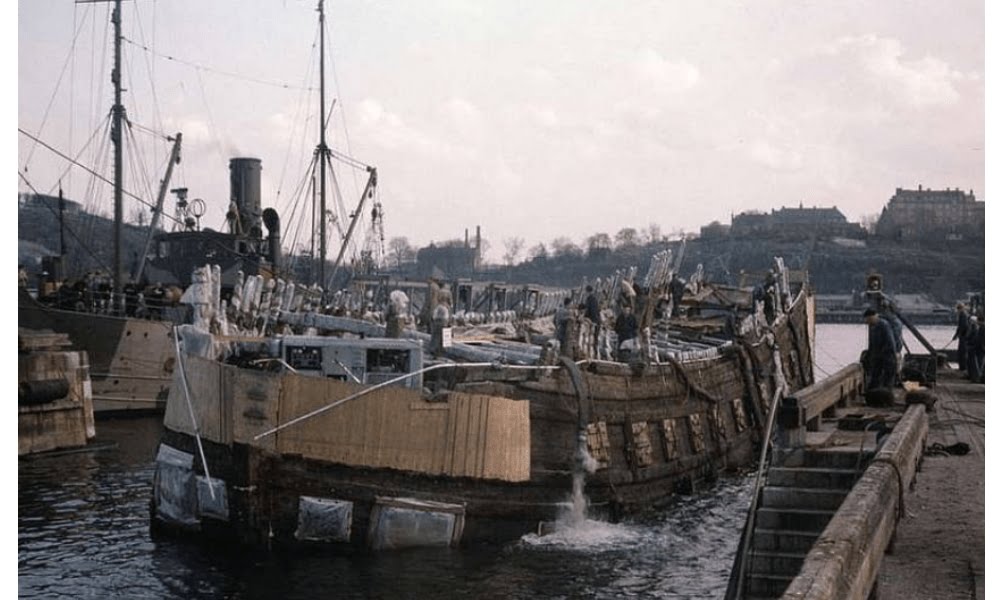


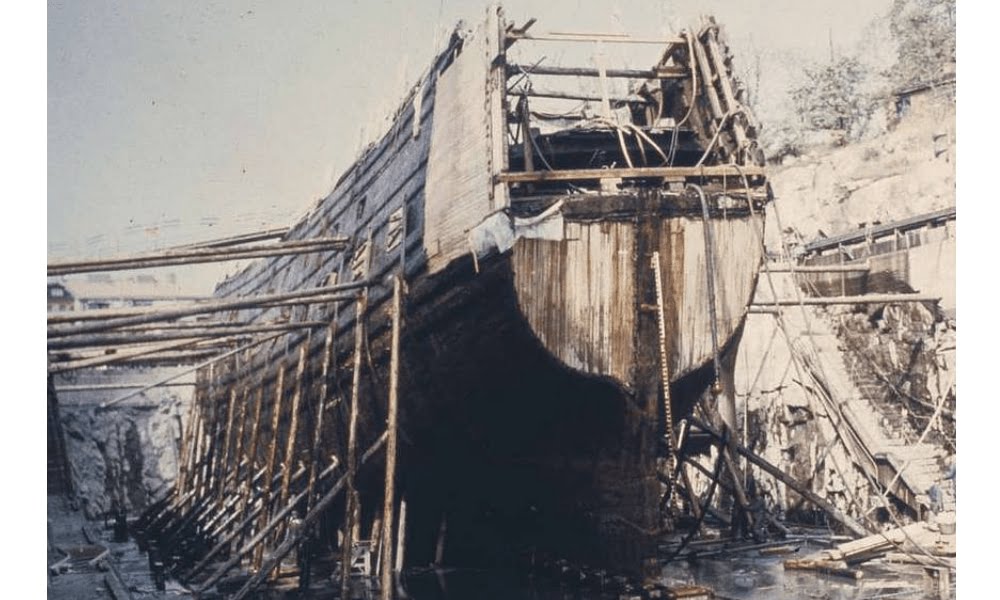



The Vasa Museum: A testament to Franzén’s legacy
Today, the Vasa Museum stands as one of Stockholm’s most visited attractions, drawing millions of visitors. Additionally, the museum not only showcases the Vasa ship but also honors Anders Franzén’s legacy. In effect, his meticulous work and unwavering dedication have allowed generations to explore and appreciate a pivotal piece of maritime history.
Conclusion
Anders Franzén’s story is a remarkable blend of passion, perseverance, and scientific curiosity. His successful salvage of the Vasa ship has left an indelible mark on Swedish heritage and maritime archaeology. As you explore Stockholm, take a moment to visit the Vasa Museum and reflect on the extraordinary journey of the man who brought the Vasa back to life.
[amazon_ads store=”sthlmmm-20″ asin1=”B07N894N8B” img1=”https://m.media-amazon.com/images/I/61A0Ls45u+L._AC_SL1500_.jpg” title1=”Airfix Vintage Classics WASA 1:144 Military Naval Sail Ship” asin2=”1627798668″ img2=”https://m.media-amazon.com/images/I/A1DKhMwMvvL._SL1500_.jpg” title2=”The Sinking of the Vasa: A Shipwreck of Titanic Proportions” asin3=”1958094536″ img3=”https://m.media-amazon.com/images/I/81N20viIcLL._SL1500_.jpg” title3=”No Ship Sets Out To Be A Shipwreck”]
Visit Info
![]() Anders Franzén
Anders Franzén
![]() Anders Franzén
Anders Franzén

